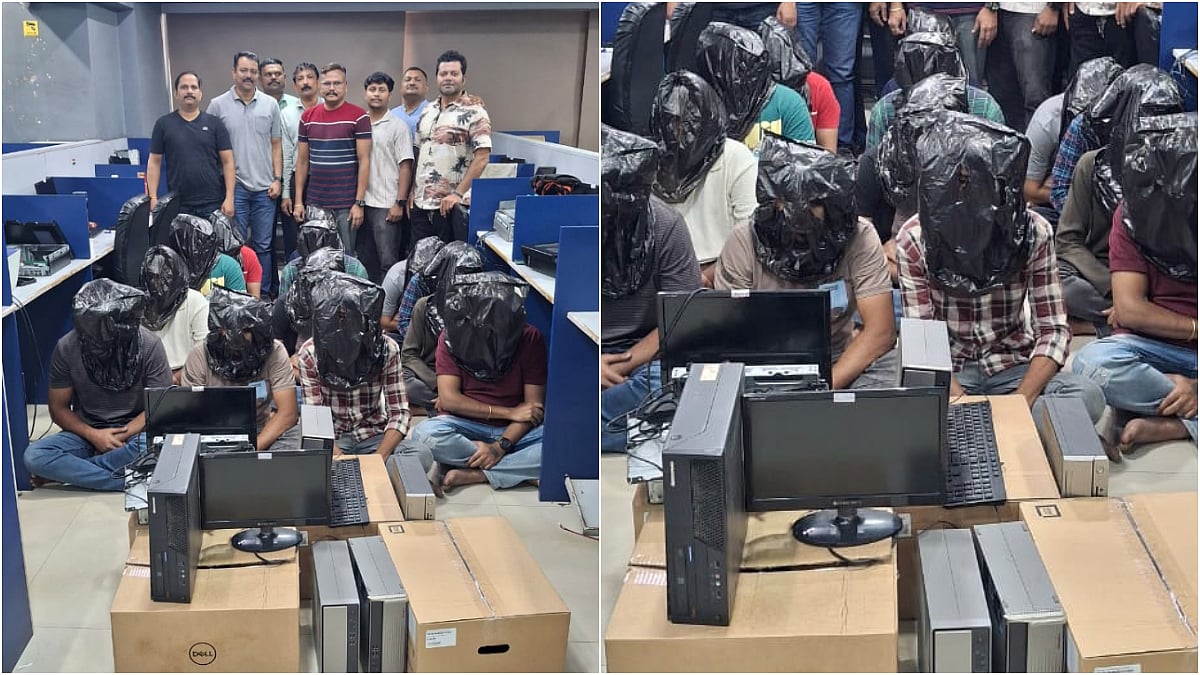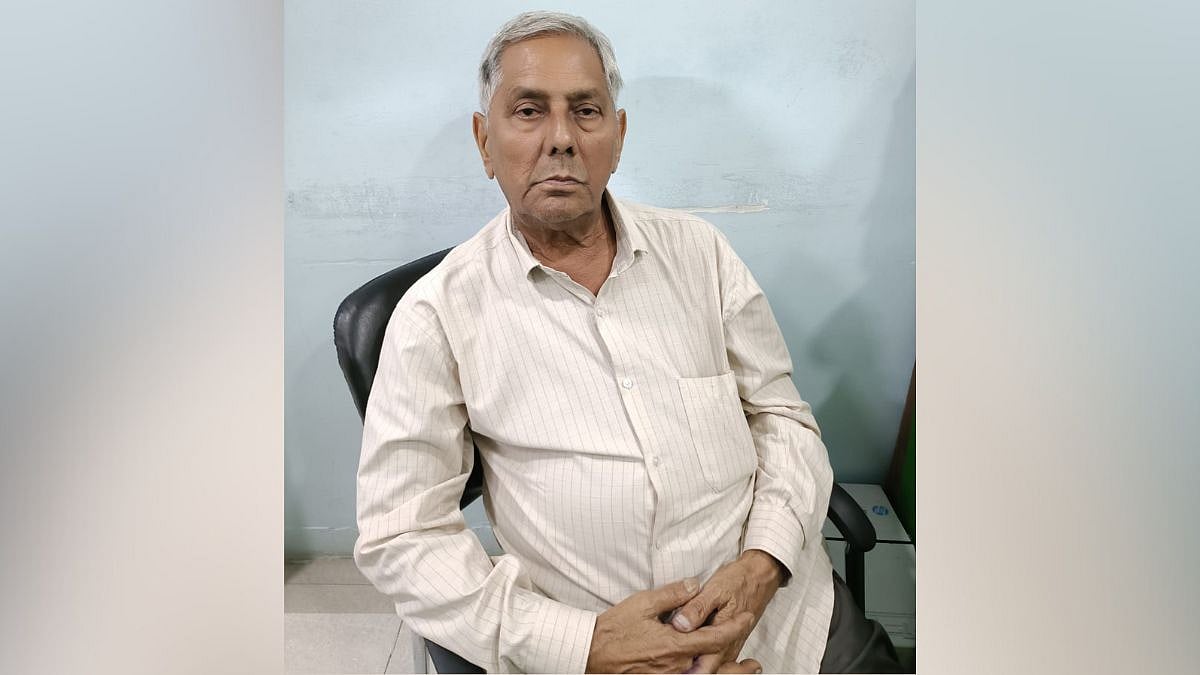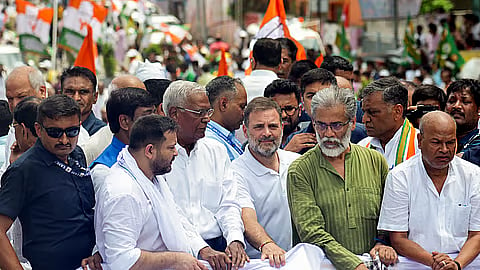The Prashant Bhushan moment too shall pass for the Supreme Court but it will have to clear its name in the court of the people. The common man who looks up to the SC to protect his life and liberty has been watching events unfold at the apex court with a growing sense of disquiet.
A series of questionable actions and non-actions by the SC in recent years raises the suspicion in the minds of many that it is self-seeking, that instead of justice prevailing, it is a case of justices prevailing and most damning, that it is pro-establishment.
It is a fairly long list but just take the way the sexual harassment case against Ranjan Gogoi was dealt with when he was the chief justice. It erased all the goodwill the SC had earned through its landmark Vishakha guidelines in1997.
Take the way the SC was blind to the plight of urban workers trudging to their villages, take the way judges are driving students to examination centres when they themselves are ruling from the safety of their homes.
It is not only the common man who laments the decline in the quality of judges, former SC judge Madan Lokur is on record saying that the faith of the people in the judiciary has been shaken.
One of the measures of faith in the judiciary is the respect it commands; there has been minimal criticism of courts. The media is deferential and rarely blasts a bad judgment although it has every right to do so provided it does not attribute motives to it.
However, commanding respect and demanding respect are two different things. The media is also circumspect as it is fearful of judges invoking the dreaded Contempt of Courts Act, 1971. Up to 2006, not even truth was a defence in contempt cases. No less a person than constitutional expert Fali Nariman is of the view that higher judiciary in India has unbridled power of contempt.
Over the years, the judiciary seems to have taken it as their right not to be criticised. Look at the Prashant Bhushan case, where the SC frowned at even retired judges. Finding fault with the judiciary is almost like blasphemy; the media is deterred from reporting any judicial wrongdoing through the sweeping use of the contempt law. In most cases, a threat suffices. Why then denounce cops for 'danda raaj’.
Talking of cops, look at the case of the gangster Vikas Dubey. The police, the politicians and even the media came in for criticism but the judiciary escaped its share of the blame.
After all, Dubey’s delusion that he was above the law took root in the courtroom, where he was acquitted of killing a minister in a police station. The judge ought to have questioned how all the witnesses, including policemen, turned hostile. Now, was this not a fit case of `lowering the majesty of the law’?
The higher judiciary took cognizance of it only after the Dubey encounter case reached the SC; terming the grant of parole by a court of law to the gangster despite 65 FIRs pending against him as 'institutional failure’, the bench asked for all the orders passed by the trial courts in cases pertaining to Dubey.
Take the Jessica Lal case. Manu Sharma, son of a Haryana politico, was acquitted by the trial court of shooting dead the model in a packed high-society bar because she, one of the celebrity barmaids, denied him a drink after closing time. Yet, it was public outcry rather than a judicial review that put the rich brat behind bars. Do such things enhance the reputation of the judiciary, which is otherwise so harsh on anyone 'bringing the judiciary into disrepute’?
Every other pillar of democratic governance, except the judiciary, is subject to some system of accountability and checks and balances. The judiciary though, revels in remaining opaque and immune to scrutiny. Former SC judge Ruma Pal was forthright when she said that the normal response of courts to any enquiry about their functioning is to stonewall.
Not only is the judiciary averse to criticism, it seems incapable of self-correction. Even SC judges had to hold a press conference in 2018 accusing the then Chief Justice Dipak Misra of manipulating the roster, thereby insinuating that cases were being assigned to preferred benches.
When was the last time that an SC judge was pulled up for misconduct? In fact, the in-house procedure supposed to enforce the code of ethics for judges is opaque and often dysfunctional.
In the absence of a law on judicial accountability, former SC judge Ruma Pal suggests that formal internal mechanisms be set up for disciplining judges, to ensure continued public confidence in the judicial system.
Perhaps we need a performance commission, as in several states in the US, which examine complaints about the conduct of judges and have powers to take consequential action.
There ought to be a system of analysing the quality of orders/judgments to determine the judges’ competence and promotion. Quite a few are apparently just wasting time issuing interim orders.
Other worthwhile reform ideas are televising courtroom proceedings and the creation of a national judicial service from where the bulk of future judges could be selected.
The same judges who are quick to slap a contempt case on critics for scandalising the judiciary see nothing wrong in some of their own accepting plum government posts the day they retire. Talk of intellectual integrity.
Today, those who have gamed the system proudly proclaim full faith in it. Litigants wonder why thundering statements by the judge in court are often not reflected in the written judgment or why some judges wake up to shake up the establishment only on their last day in office. Then there’s the vexed issue of case law versus face law; children of sitting judges practising in the same court.
Public acceptance is the bedrock of the judiciary’s strength. Fortunately for it, despite everything, people still trust the judiciary over the legislature and the executive. The Supreme Court of India is a powerful and magnificent machine – a Harley Davidson – and those astride it must ride responsibly.
The writer is an independent journalist based in Mumbai.










